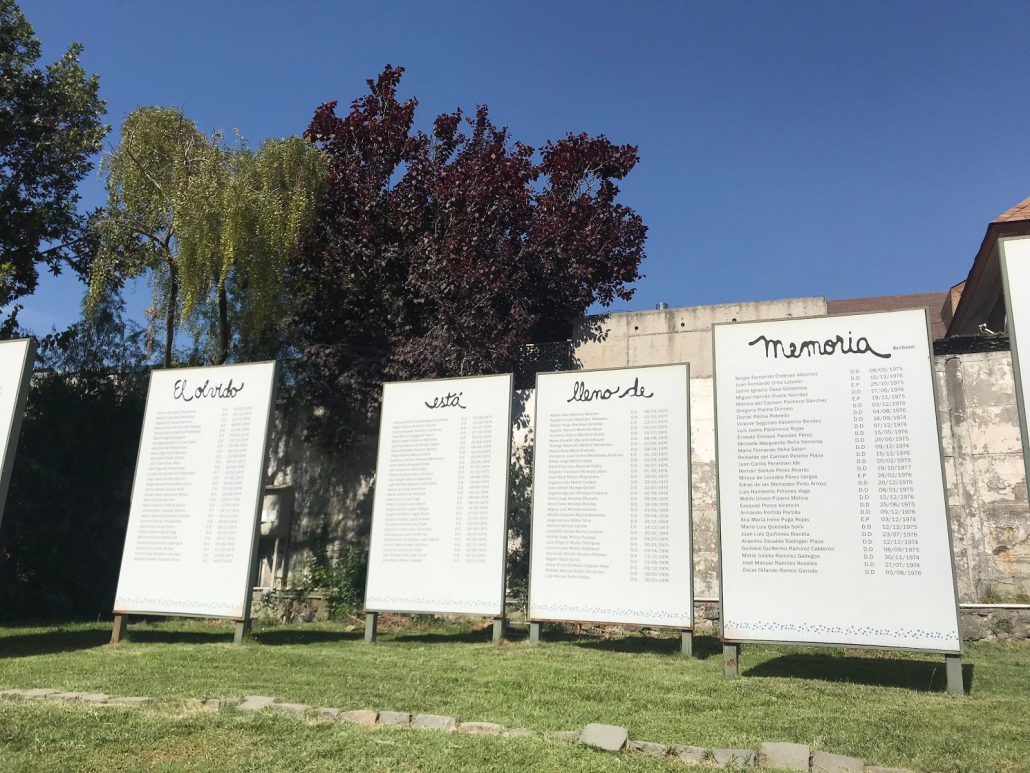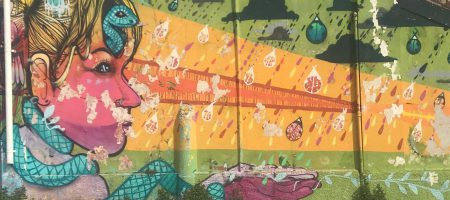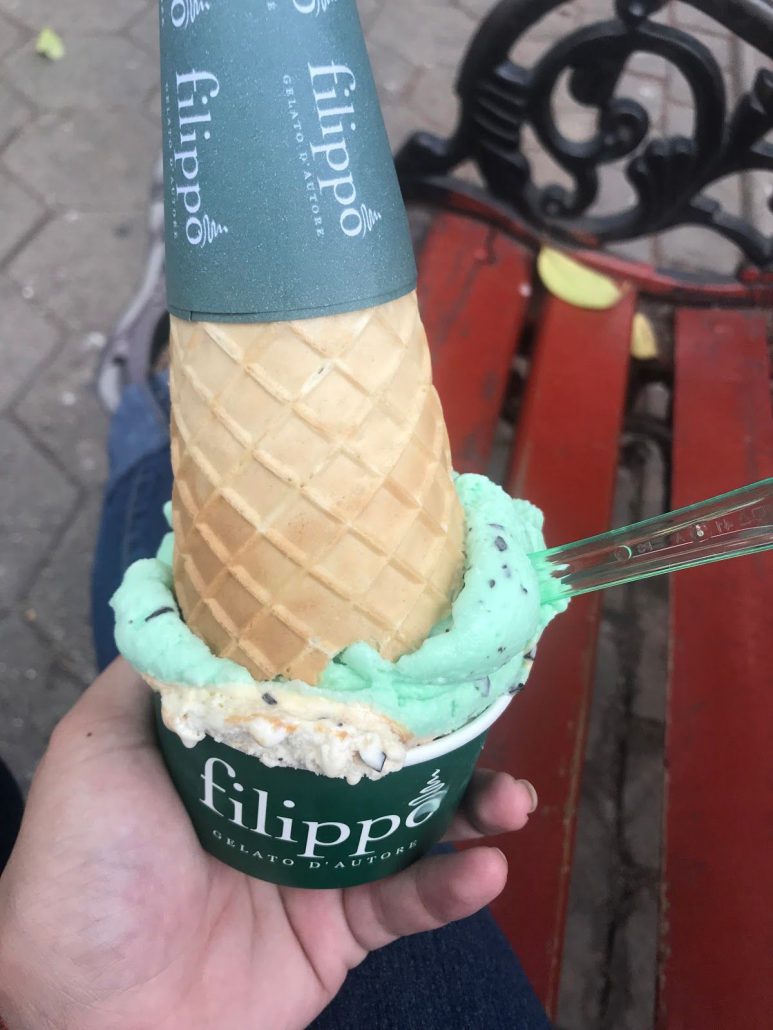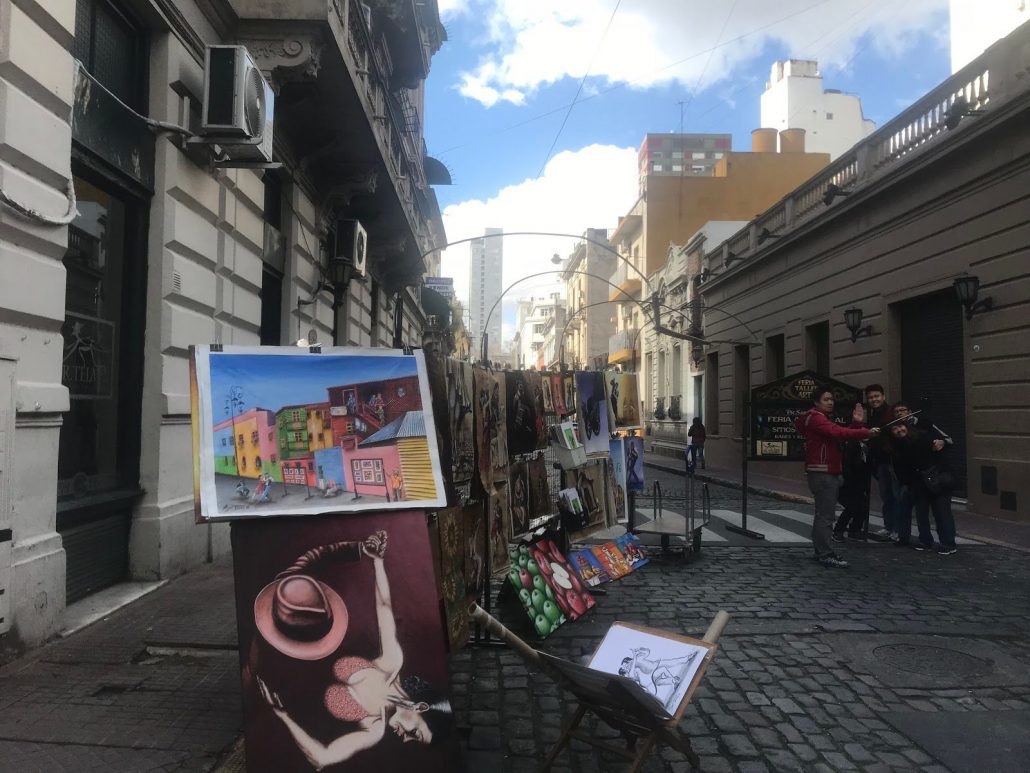Chile| Torres del Paine
BY JAZZ BROUGHTON
There is a beautiful national park in the south of Chile where you can find penguins, seals, cormorants, and a wide range of other wildlife. In the beautiful mountains and glaciers of Patagonia there are numerous opportunities to hike, take a boat tour, or fine dine in a seafood restaurant along the sea. The slow but strong impacts of climate change are prevalent as you pass the snow capped mountains and watch the wildlife hunt for food. They are having to adapt to new temperatures and climates, while adjusting to a transforming ecosystem.

I spent the first day taking a boat tour to Isla Magdalena where I spent an hour walking around an island covered in small Magellanic penguins and seagulls. Along the shore were also a flock of South American terns that reminded me of Alameda County’s local Least Tern. The penguins burrowed in little caves that they buried in the ground and I think some may have even had chicks. It was an amazing experience to see the penguins so up close, as I especially appreciated their waddle and interactions with us and each other.


After walking the island, we boarded the boat and took off towards another small island that forbids tourists to walk on it. There we watched elephant seals, seal lions, and other species lounging and climbing on the rocks. They allowed us to climb up to the roof of the boat to sit and watch from a distance. I felt so tiny sitting on this small boat in the middle of a vast ocean. The blue sky was endless and it reminded me that the only limits we have are those we put on ourselves. It is not easy to break comfort zones and put in the actions necessary to experience life for all it has to offer, but through time, patience, and discipline I found myself learning to love trying new things and exploring by myself. Spending so much time by myself has given me a new comfortability in being alone and staying focused on my personal priorities. While, this may seem outside of my trip to the south of Chile, it was through these experiences of traveling that gave me more independence and confidence in myself.

Having the opportunity to tour through the extraordinary lands of Torres del Paine the following morning was also a life changing experience. The mountains were covered in snow and the water of the lakes were a beautiful turquoise blue. We visited a cave that was once inhabited by the indigenous people of Patagonia, the Selk’nam and Aonikenk. After walking over a swinging bridge and through a small valley covered in sand we were met with beautiful glaciers. The sand and small rocks hit us hard as the wind blew strong. Once again I was met with feelings of being so powerful, but so small. I let the wind blow me around as I danced along the water and stared into the cloudless sky. It was during this tour that I saw an armadillo in person for my first time, he was super cute! There was also a beautiful eagle that landed right next to where we were resting. After months of spending time within the city and university, it was great to get away to nature and sit alone with the sounds of wildlife and land practically untouched.

I cannot wait to return to Chile and Argentina in the future to explore more of the beautiful lands and regions. There are so many hidden gems within the North and South of both countries, it is impossible to see everything within such little time, especially while staying on top of school.

Jazz Broughton studied abroad in Argentina and Chile in Fall 2018: http://eap.ucop.edu/OurPrograms/chile/Pages/human_rights_cultural_memory_buenos_aires_santiago.aspx?_ga=2.141667250.1203383737.1560395031-875334149.1560395031













































